PPT-Welcome to T eaching + L earning T uesdays March 15 ,
Author : min-jolicoeur | Published Date : 2019-10-31
Welcome to T eaching L earning T uesdays March 15 2016 I 230PM Please adjust your audio using the Audio Setup option under the Meeting menu Audio Setup Wizard
Presentation Embed Code
Download Presentation
Download Presentation The PPT/PDF document "Welcome to T eaching + L earning T..." is the property of its rightful owner. Permission is granted to download and print the materials on this website for personal, non-commercial use only, and to display it on your personal computer provided you do not modify the materials and that you retain all copyright notices contained in the materials. By downloading content from our website, you accept the terms of this agreement.
Welcome to T eaching + L earning T uesdays March 15 ,: Transcript
Download Rules Of Document
"Welcome to T eaching + L earning T uesdays March 15 ,"The content belongs to its owner. You may download and print it for personal use, without modification, and keep all copyright notices. By downloading, you agree to these terms.
Related Documents

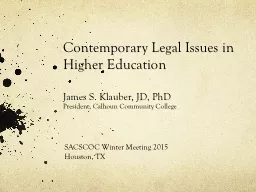

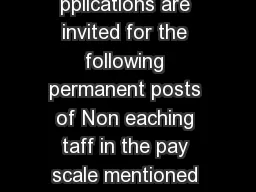
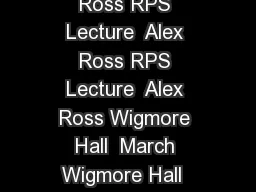



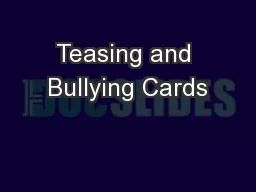


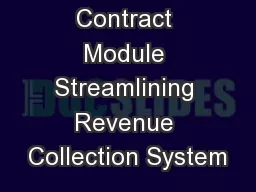
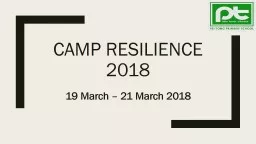
![[EPUB] - Bears\' Guide to Earning Degrees Nontraditionally (Bear\'s Guide to Earning](https://thumbs.docslides.com/902410/epub-bears-guide-to-earning-degrees-nontraditionally-bear-s-guide-to-earning-degrees-by-distance-learning.jpg)
![[EPUB] - Bears\' Guide to Earning Degrees by Distance Learning (Bear\'s Guide to Earning](https://thumbs.docslides.com/906376/epub-bears-guide-to-earning-degrees-by-distance-learning-bear-s-guide-to-earning-degrees-nontraditionally.jpg)